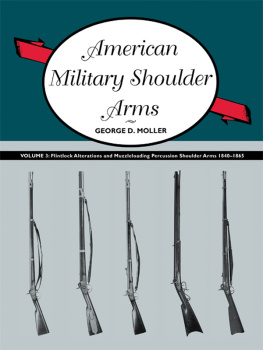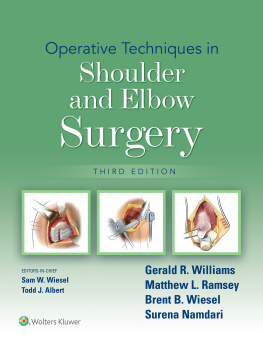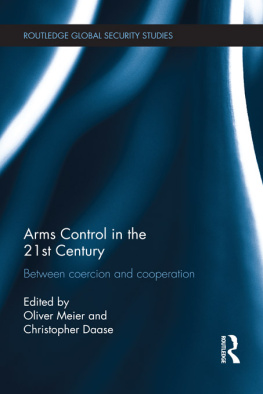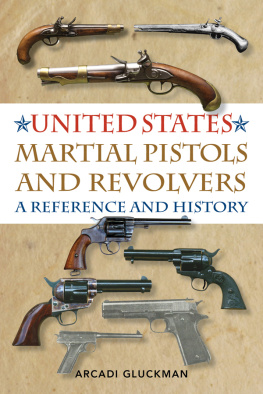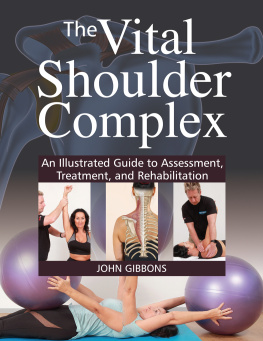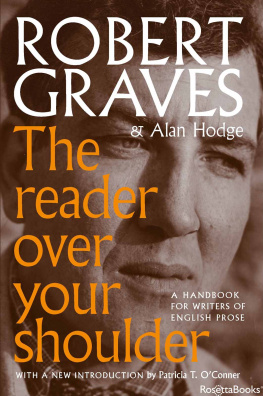AMERICAN MILITARY SHOULDER ARMS
VOLUME III
AMERICAN MILITARY SHOULDER ARMS
VOLUME III
Flintlock Alterations and Muzzledloading Percussion Shoulder Arms, 18401865
George D. Moller
UNIVERSITY OF NEW MEXICO PRESS | ALBUQUERQUE
2011 by the University of New Mexico Press.
All rights reserved. Published 2011.
Printed in the United States of America.
16 15 14 13 12 11 1 2 3 4 5 6
ISBN 978-0-8263-5000-8 (cloth)
ISBN 978-0-8263-5002-2 (electronic)
The Library of Congress has cataloged vol. 1 as follows
Moller, George D.
American military shoulder arms / George D. Moller.
p. cm.
Includes bibliographical references and index.
Contents: v. 1. Colonial and Revolutionary War arms.
ISBN 0-87081-286-6
1. United StatesArmed ForcesFirearmsHistory. I. Title
UF523.M65 1993
355.82420973dc20
93-19456
CIP
This book is dedicated to my wife, Nikki,
in appreciation for her love and support
during my research trips
and long hours at the computer.
CONTENTS
1 Morse-altered Model 1841 rifles are described with other Model 1841 rifle alterations.
2 Whitney Model 1861 Rifled Muskets delivered under U.S. contract are in section 257.
PREFACE
This volume describes muzzleloading percussion shoulder arms procured by the United States and its political subdivisions for issue to the federal and state armed forces. During the twenty-five years covered by this volume, the federal and state laws requiring the individual militiaman to supply his own arms had been largely superseded by issues to the militia of state-owned arms. The states received the majority of these from the federal government pursuant to the U.S. Militia Act of 1808. However, during the first two years of the Civil War, many militia companies equipped themselves with arms they had purchased. Also, privately owned arms were used in military service by substantial numbers of the men who had been members of the Turnvereins and by sharpshooters. Some states and militia units also obtained civilian arms.
Because this volume describes arms procured by the United States and its political subdivisions, it does not include arms procured by the Confederacy after the outbreak of the Civil War. An exception to this is the brief coverage given to Confederate percussion alterations of flintlock arms, which is presented to aid the arms student in differentiating these alterations from those of the federal government and states that remained in the Union.
The phrase procured by fabrication and by purchase occurs repeatedly in the Annual Reports of the Chief of Ordnance. This refers to the acquisition of arms through fabrication at national armories and by the purchase of arms from private commercial companies. During the Civil War, the federal government and several state governments purchased arms on the open market (i.e., from the numerous arms manufacturers and dealers who existed to fill the need). Foreign arms also were purchased from several sources. The almost 2,000,000 European arms procured are the subject of a separate, future volume. This volume includes only those imported European arms that were either percussion altered or altered to breechloading in the United States, or were made to approximate U.S. regulation specifications.
The scope of this book includes arms procured in at least sufficient quantities for issue to troops for field trials, but with few exceptions it does not include the limited procurement of arms for experimentation or firing trials. An almost infinite variety of prototype and experimental arms were procured in small quantities for experimentation or test firing. Many are unique and defy classification. Some were fabricated in the tool rooms or machine shops of the national armories, while others were offered to the government by their inventors.
This volume includes a few of the exceptions previously noted. These arms, although subject to limited procurement, are generally considered by arms students and collectors to be American military shoulder arms. Examples of these are in this volumes appendix and include the Lins, Peterman, and Schalk rifle muskets. The final section of the main body of text describes non-armory-pattern shoulder arms and may include arms of which only enough were produced to arm a single company, such as those of Smith and Wurfflein. The accounts of John Krider Jr., indicate that he also produced limited quantities, usually fewer than 100 of a style or pattern. Examples of the Turner rifles, sharpshooters rifles, and other civilian arms are also included in this volume.
ACKNOWLEDGMENTS
Research for this book has been conducted over the past 30 years in many archives and libraries, and in public and private arms collections. The help, guidance, and cooperation of the personnel of the archives and libraries greatly facilitated this research and resulted in the great amount of new information published in this work.
In particular, I would like to express my appreciation to Mike Musik, Tim Nenninger, and Dale Floyd in the Navy and Old Army Branch of the U.S. Archives, Washington, DC; Mark Jones and Beverly Naylor at the Connecticut State Library; Robert E. Feeney, Massachusetts Adjutant Generals Office, Boston; James A. Fahey, Commonwealth of Massachusetts Military Division, Military Records, Natick; Robert Howard, Hagley Museum and Library, Wilmington, Delaware; John E. Shelly and Jonathan Stayer, Pennsylvania State Archives; and Bruce Compton, The Historical Society of Pennsylvania, Philadelphia.
A debt of gratitude is also owed to the following for the research material shared with me: Francis Balace, University of Lige, Belgium; Anthony Daum, Bangkok, Thailand; Edward Hull, Seal Beach, California; Burton Kellerstedt, New Britain, Connecticut; Eldon Owens, Claremont, New Hampshire, who shared with me the research material of the late Warren Hay; Bill LaRue, Albuquerque, New Mexico; H. Micheal Madaus, Cody, Wyoming; Roy Marcot and Bob Moulder, Denver, Colorado; Frank Sellers, Alstead, New Hampshire; David Stewart, Lahaska, Pennsylvania; and Charles W. Thrower, Amherst, Massachusetts.
Thanks are also due to the following who facilitated my empirical research in public collections of arms: M. Ann Belkov of the Chicamauga and Chattanooga National Military Park; Craddock Goins of the Smithsonian Institution, Washington, DC; Tom Wallace, William E. Meuse, and Stuart Vogt of the Springfield Armory National Historic Site, Massachusetts; Robert Fisch, Mike Moss, and Mike McAfee of the West Point Museum, New York; Herbert Houze of the Winchester Museum, Buffalo Bill Historical Center, Cody, Wyoming; Mr. Craig W. C. Brown and Mr. A. Daniel DellElse of the Museum of the First Corps of Cadets, Boston, Massachusetts; Mr. H. Michael Madaus of the Milwaukee Public Museum, Milwaukee, Wisconsin; Ron Kley of the Maine State Museum, Augusta, Maine; and Colonel F. B. Nihart of the United States Marine Corps Museum, Washington Navy Yard, Washington, DC.
A special expression of gratitude is due to the students and collectors of arms, many of whom not only made the arms in their collections available for research, but also shared the hospitality of their homes with the author: Peter A. Albee, Jim Altemus, Ralph Arnold, Alan Cors, Beverly Dubose, John Ewing, Norm Flayderman, Charles Foster, Walter Ingram, Howard Janacek, Burton Kellerstedt, J. William LaRue, Warren T. Lewis, Stephen D. Marvin, Benjamin P. Michel, Bob Moulder, Jonathan Peck, Frank Sellers, Robin Sherlock, David Stewart, and Peter Wainwright.
Gratitude is also owed to Warren T. Lewis and Steve Marvin and to the following students of American Military Shoulder Arms: Dan Altheimer, Murray D. Beckford, Richard L. Bergland, Trevor Bovee, Anthony Daum, Gerald Denning, Peter DeRose, John Doleta, Norm Flayderman, Fred Gaede, Maurice Garb, Bill Gerber, Edwin Gewirz, Robert Gibson, Frank Harrington, Edward Hull, Paul Johnson, Dick Kennedy, Peter Kluber, Jack Lewis Jr., Bill Moore, Ted Myers, Frederick G. Novy III, Thomas Singelyn, Henry Truslow, Eric Vaule, and George Wray.
Next page
